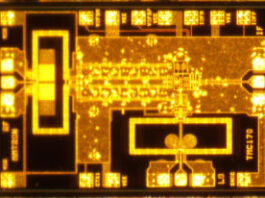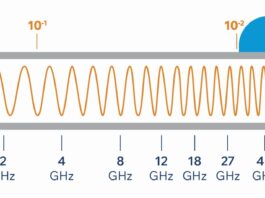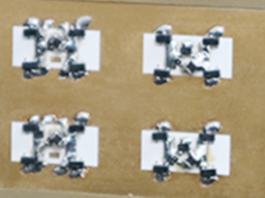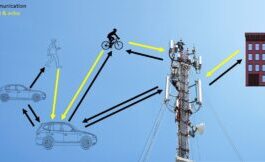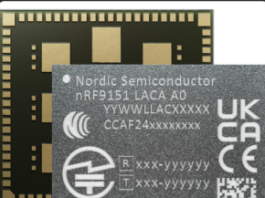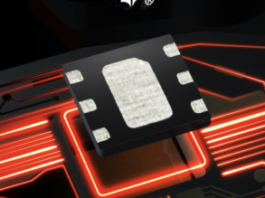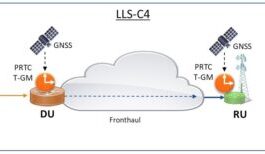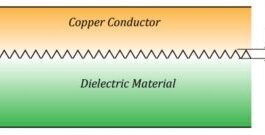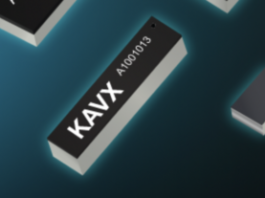
Operating in the unlicensed CBRS band, AI and 5G operate at the physical layer to bring processing power to factories and other use cases. In a video interview, EE World hears from EdgeQ’s Adil Kidwai on how the technologies come together.

Adil Kidwai
Contrary to what the consumer press calls a flop, 5G is, by design, making headway into use cases that consumers never see. Indeed, 3GPP Releases 16 and 17 specify capabilities for IoT and private networks, often dubbed 5G’s “killer app.” 5G and AI running on private networks could bring improved operations to many industries.
Also read: Log-Periodic Antennas Cover 600 MHz To 6 GHz
Private networks that operate at frequencies around 3.5 GHz (CBRS) have begun to appear in factories where monitoring and control, which relies on low-latency edge computing, often take place. These networks are, however, built by IT people who aren’t necessarily engineers. They need devices and systems that minimize integration and interoperability issues. That’s where small cells built around highly integrated devices come in. Furthermore, factories need low latency and computing power to monitor factory processes and make quick decisions should a process drift toward the edge of its tolerable range.
That’s where a combination of 5G and AI comes into play. According to Adil Kidwai, VP and Head of Product Management at EdgeQ, 5G and AI complement each other. “5G and AI are fundamentally based on the same math,” said Kidwai in a video interview with EE World. They both perform dot-product multiplication, averaging, and nonlinear operations. Kidwai explains how AI performs communications functions such as spectrum monitoring, user monitoring, and pre-emptive decision-making. At the same time, 5G moves data from sensors to computers at the network edge where low latency is key in making timely decisions, also moving data to the cloud in less time-sensitive situations.
Also read: Video: Wi-Fi 7 Operates Across Frequency Bands
Kidwai additionally explains how integrating physical, data-link, and network layers into a single device reduces complexity in the small cells used in private networks. In this case, the “physical layer” refers to digital processing at baseband as opposed to the radio. Transceivers, filters, and amplifiers handle the radio functions.


